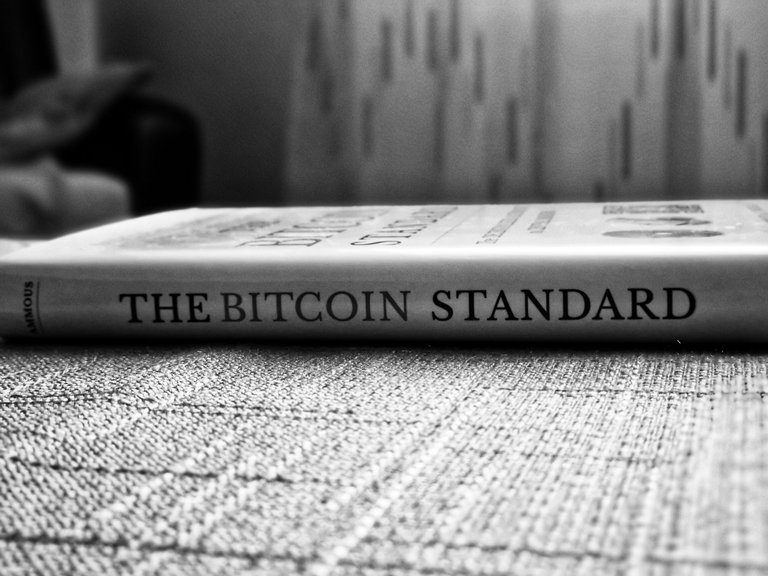Da Supply Conundrum: It's Only Gonna Get Worse...
The Bitcoin halving is approaching amid a slight but essential correction in Bitcoin's value. This event occurs once every four years, and without fail, Bitcoin has experienced a significant rally afterward. Scheduled for April of this year, the upcoming halving will reduce mining rewards per mined block to 3.25 BTC.
In the early days of the Bitcoin network, some pioneers were able to mine Bitcoin using nothing more than a laptop. Among these trailblazers, there were individuals who famously exchanged 10,000 bitcoins for a couple of pizzas, showcasing Bitcoin's potential as an alternative currency.
It's fair to assume that the person who made that pizza purchase might now have some regrets. However, being an early adopter of any technology comes with risks, challenges, and costly actions meant to validate one's beliefs.
Reflecting on the past six years since I entered the world of crypto, it's evident that awareness of cryptocurrencies has grown significantly. While only a handful of people in my community were familiar with crypto back then, now it seems that at least half of those I speak to have heard of Bitcoin. However, actual ownership of cryptocurrencies remains relatively low. Many who considered entering the market during the bearish periods may now feel confident about investing, potentially buying at the peak.

Instances of such behavior are common. Take MicroStrategy, led by Michael Saylor, for example. Over the past few years, they've been consistently buying BTC through dollar-cost averaging, regardless of the price fluctuations. Just recently, it was reported that MicroStrategy purchased an additional 850 BTC in January, bringing their total holdings to around 190,000 BTC.
It's conceivable that Saylor's ultimate goal is to accumulate 1% of the total Bitcoin supply. Meanwhile, countries like El Salvador have also begun to add Bitcoin to their national reserves, further reducing the available supply. Additionally, the emergence of Bitcoin spot ETFs has contributed to increased demand, as evidenced by recent reports indicating net purchases of $68 million worth of Bitcoin on a single Monday.
The outflows from GBTC have been readily absorbed by spot ETFs and other investment funds employing calculated risk strategies to acquire BTC. It's amusing how seemingly straightforward it is to succeed in crypto, yet many still struggle. We often fall prey to the notion that "this time is different," when, in reality, it rarely is.
Masses consistently find themselves on the wrong side of trades, succumbing to fear near market bottoms and exhibiting optimism at the peaks.
The extent to which spot ETFs hold BTC reserves that will weather the next bear market remains uncertain. Nevertheless, these ETFs have a vested interest in retaining as much BTC as possible to continue earning fees. Michael Saylor's MicroStrategy is unlikely to sell any time soon.
Upon reflection, it becomes apparent that nearly 5% of the total Bitcoin supply is held by MicroStrategy and spot ETFs in America. This leaves little for the general public. It's worth noting that a significant portion of Bitcoin is lost forever, and Satoshi's holdings appear inactive.
An impending supply shock awaits, exacerbated by the upcoming halving. Despite this, many individuals are waiting to purchase BTC at $24k and ETH at $1,000 per coin. Best of luck with that!
While the current state of BTC's liquid supply bodes well for its price, the increasing concentration of coins among large institutions will lead to significant wealth disparities. Eventually, BTC may establish itself as a store of wealth, rendering it unattainable for the masses.
History may not repeat itself, but it often echoes familiar patterns. In the past, individuals traded physical gold for banknotes, and now, we witness people exchanging Bitcoin for increasingly devalued fiat currency. It's a recurring cycle spanning generations. I'm not here to pass judgment; I may well be one of the worst examples when it comes to dealing with crypto. However, I believe I've learned my lesson.
What will Bitcoin do in a recession? Only time will tell. If it performs well, then those accumulating at $42k per coin either possess insider knowledge or are exceptionally fortunate individuals.
Thanks for your attention,
Adrian
Posted Using InLeo Alpha
Posted Using InLeo Alpha